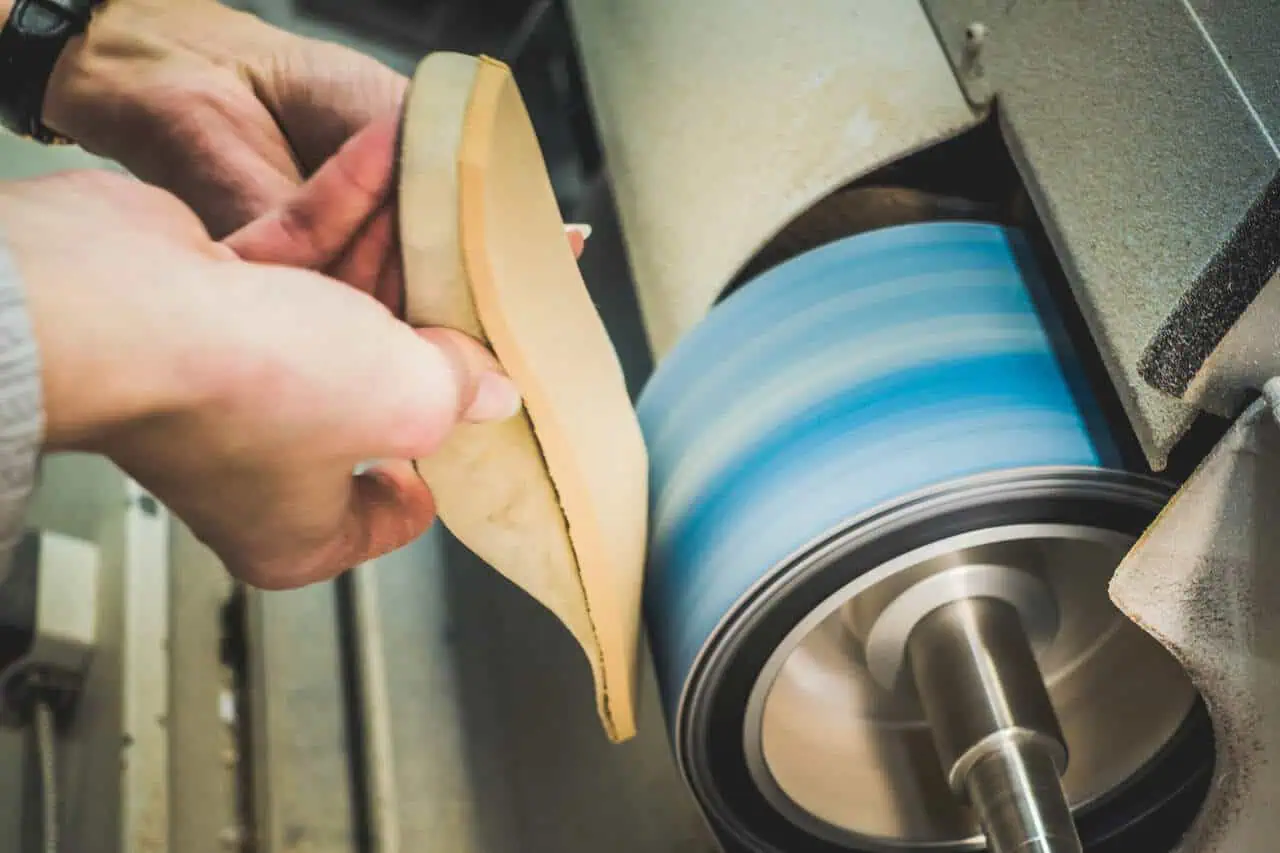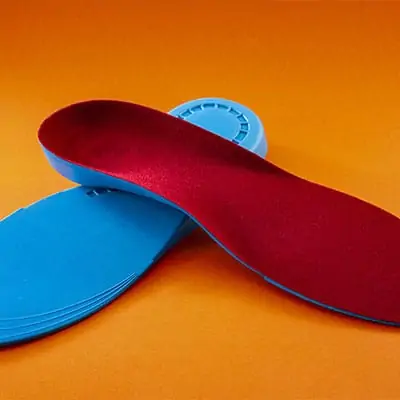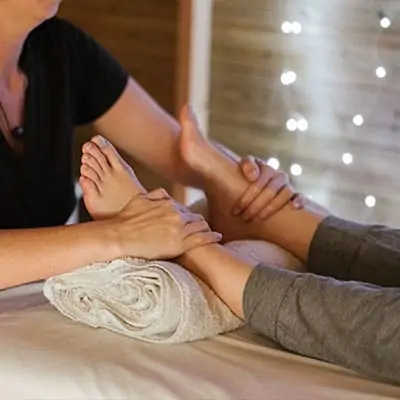Understanding Foot Support
Importance of Custom Orthotics and Insoles
In our pursuit of optimal foot health, understanding the importance of both custom orthotics and insoles is crucial. These devices play significant roles in enhancing comfort, support, and overall foot function. Custom orthotics are specially designed shoe inserts tailored to an individual’s unique foot shape and specific needs. They are often prescribed by healthcare professionals to address various foot-related issues and improve overall biomechanics.
In contrast, insoles, which can be purchased over the counter, are standard inserts designed to provide a basic level of support and comfort. While they may offer some relief for everyday activities, they lack the personalized features that custom orthotics provide. The decision between the two often hinges on the severity of foot problems and lifestyle requirements.
| Feature | Custom Orthotics | Insoles |
|---|---|---|
| Personalization | High (tailored to individual needs) | Low (one-size-fits-all) |
| Support Level | Targeted support | General cushioning |
| Cost | Typically higher | Generally lower |
How Custom Orthotics Differ from Insoles
When we examine the differences between custom orthotics and insoles, there are several key factors to consider. Each option serves specific purposes and caters to varying foot health requirements.
-
Materials Used: Custom orthotics are constructed from high-quality materials that cater to personal foot conditions, incorporating elements like arch support and stability. Insoles are often made from more basic materials that provide general comfort without specific adaptations.
-
Level of Customization: Custom orthotics are designed based on comprehensive foot assessments, ensuring they address specific alignment issues, such as overpronation or flat feet. Insoles do not offer this level of detail and are designed to accommodate a broad range of users.
-
Cost Considerations: Custom orthotics typically come at a higher price point due to the extensive manufacturing process and professional evaluation involved, whereas insoles are more budget-friendly, appealing to those seeking immediate comfort solutions.
Understanding these differences helps us make informed choices about our foot support. For further insights into why custom orthotics might be beneficial for us, explore benefits of custom orthotics and learn more about how custom orthotics work. Whether dealing with conditions like custom orthotics for plantar fasciitis or custom orthotics for flat feet, understanding our options empowers us to prioritize our foot health.
Custom Orthotics Explained
Definition and Purpose of Custom Orthotics
Custom orthotics are specialized shoe inserts designed to provide tailored support to individuals with specific foot issues or conditions. Unlike generic insoles, custom orthotics are crafted based on a thorough assessment of our foot structure, gait, and alignment. Their primary purpose is to alleviate discomfort, improve foot function, and enhance overall mobility.
These orthotic devices can address a variety of foot-related problems such as:
| Condition | Description |
|---|---|
| Flat Feet | A condition where the arches of the feet collapse, leading to overpronation. |
| High Arches | An abnormal curvature of the foot that can cause instability and pain. |
| Plantar Fasciitis | Inflammation of the plantar fascia, often resulting in heel pain. |
| Diabetes | Foot complications that may require additional support for safety and comfort. |
| Bunions | Bony bumps that form at the base of the big toe, causing misalignment. |
| Heel Spurs | Calcium deposits causing painful growths on the heel bone. |
| Achilles Tendonitis | Inflammation leading to pain along the back of the heel due to strain. |
For more in-depth information on the benefits of custom orthotics, we invite you to explore our article on benefits of custom orthotics.
Creation Process of Custom Orthotics
The creation of custom orthotics involves several key steps designed to ensure that the final product meets our specific needs. This process typically includes:
-
Consultation: We schedule a visit with a qualified podiatrist or orthotic specialist to discuss foot pain, medical history, and lifestyle factors that may affect our foot health.
-
Assessment: The specialist conducts a comprehensive evaluation of our feet, which may include:
- Visual inspections
- Gait analysis
- Pressure mapping to identify areas of excessive pressure
-
Impressions: A mold or digital scan of our feet is taken to capture their unique shape and contours. This ensures that the orthotics will fit comfortably and effectively.
-
Design: The collected data is used to craft a pair of orthotics tailored specifically to our foot structure. Various materials can be chosen based on the intended use, such as flexible or rigid options.
-
Fitting: Once created, we have a fitting appointment to ensure the orthotics are comfortable and provide the desired support.
-
Adjustment: If necessary, adjustments can be made after assessment of how the orthotics perform during regular use.
The effectiveness of custom orthotics can be further understood by reading more about how custom orthotics work. Custom orthotics are particularly beneficial for those needing targeted support, providing relief for a variety of common conditions affecting the feet and lower body.
Insoles Unveiled
Definition and Function of Insoles
Insoles are removable inserts placed inside shoes to provide additional support, cushioning, and comfort. They can help alleviate discomfort caused by prolonged standing or walking and can enhance overall foot health. Unlike custom orthotics, which are specifically designed for individual foot shapes and conditions, insoles are typically more generic and may not address specific foot issues.
The primary functions of insoles include:
- Providing cushioning to reduce impact
- Offering arch support to improve foot alignment
- Distributing weight more evenly across the foot
- Absorbing shock to reduce stress on the feet and joints
By offering these benefits, insoles can significantly improve our walking experience and reduce fatigue during daily activities.
Types of Insoles Available
There is a wide variety of insoles available to cater to different needs and preferences. Below are some common types of insoles, classified based on their functionality:
| Type of Insole | Description | Best For |
|---|---|---|
| Cushioned Insoles | Made from soft materials, providing extra padding | General comfort and shock absorption |
| Arch Support Insoles | Designed to support the natural arch of the foot | Flat feet or high arches |
| Gel Insoles | Made with gel material for extra cushioning | Impact absorption |
| Athletic Insoles | Designed for sports and physical activity | Runners and athletes |
| Custom-Fit Insoles | Molded to fit any specific foot shape or condition | Individuals with unique foot issues |
Choosing the right insole can enhance comfort and functionality in our footwear. For those who experience foot pain or discomfort, we may want to explore custom orthotics for specific conditions. Each type of insole has its own set of benefits and can be used in various types of footwear to help us walk comfortably. Understanding our foot support needs is essential in making the best choice for our feet.
Custom Orthotics vs. Insoles: The Comparison
When we analyze custom orthotics and insoles, several critical aspects come into play such as materials used, level of customization, and cost considerations. Understanding these factors can help us make an informed decision about which option is best suited for our foot support needs.
Materials Used
The materials used in the construction of both custom orthotics and insoles play a significant role in their effectiveness and durability. Below is a comparative table highlighting the typical materials utilized.
| Feature | Custom Orthotics | Insoles |
|---|---|---|
| Common Materials | High-grade plastics, foam, or gel | EVA foam, fabric, or silicone |
| Durability | Long-lasting due to specialized materials | Generally less durable |
| Breathability | Engineered for air flow | Varies, but often less breathable |
| Shock Absorption | Designed for maximum shock absorption | Moderate shock absorption |
Level of Customization
One of the most significant differences between custom orthotics and insoles is the level of customization. Here’s how these options stack up against each other:
| Feature | Custom Orthotics | Insoles |
|---|---|---|
| Fit | Tailored to individual foot shape | Generally standard sizes |
| Prescription | Requires a podiatrist’s evaluation | Available over-the-counter |
| Adjustability | Can be adjusted for specific needs | Limited adjustability |
| Specific Needs Addressed | Designed for conditions (e.g., plantar fasciitis) | Generally for comfort only |
For a deep dive into the benefits of customized support, check our article on benefits of custom orthotics.
Cost Considerations
Cost is an essential factor when considering custom orthotics vs insoles. The investment varies significantly between the two. The following table outlines the typical costs we can expect:
| Option | Average Cost | Insurance Coverage |
|---|---|---|
| Custom Orthotics | $200 – $800 | Often partially covered |
| Insoles | $10 – $50 | Generally not covered |
Investing in custom orthotics may be more significant upfront, but they often provide long-term benefits for specific foot conditions. For those considering custom support, learn more about how they function in our article on how custom orthotics work.
In summary, understanding the differences in materials, customization, and costs helps us weigh our options when considering support for our feet. Those with specific issues such as flat feet, high arches, or plantar fasciitis should consult relevant articles to find tailored solutions, like custom orthotics for flat feet and custom orthotics for plantar fasciitis.
Selecting the Right Option
When we consider whether to choose custom orthotics or insoles, it’s crucial to analyze our specific foot support requirements. Here, we will outline key steps to help us make an informed decision.
Consulting with a Podiatrist
The first step in selecting the right foot support option is to consult with a podiatrist. This medical professional specializes in foot and ankle care and can offer valuable insights tailored to our individual needs. During the consultation, a podiatrist can assess our foot structure, biomechanics, and any existing conditions that may require special attention.
A podiatrist may perform various evaluations, including a gait analysis and a physical examination of our feet. They can also recommend the most suitable type of support based on our lifestyle and health goals. For example, if we suffer from specific conditions such as plantar fasciitis or flat feet, they will guide us towards the right solution.
Assessing Our Foot Support Needs
Understanding our unique foot support needs is critical in the decision-making process. There are several factors to consider, including:
| Factor | Consideration |
|---|---|
| Foot Type | Do we have flat feet, high arches, or a neutral foot type? |
| Activity Level | Are we active participants in sports or do we engage in daily walking? |
| Specific Conditions | Do we experience pain or discomfort due to issues like heel spurs or bunions? |
| Shoe Type | What type of footwear do we typically wear? |
By reflecting on these factors, we can better determine if we require a customized orthotic solution or if insoles could suffice for our foot support.
Maintenance and Care Needed
Once we have chosen between custom orthotics and insoles, it is essential to consider the maintenance and care needed to ensure longevity and effectiveness. Here are some general guidelines:
| Item | Care Instructions |
|---|---|
| Custom Orthotics | Clean with a damp cloth; allow to air dry; avoid excessive heat; replace every 1-2 years depending on wear. |
| Insoles | Hand wash if necessary; allow to dry completely; check for wear and replace as needed; typically replaced every 6-12 months. |
By properly maintaining our chosen foot support, we can optimize its benefits and ensure our feet remain healthy. Additionally, staying informed about the benefits of custom orthotics can provide further insight into how specific solutions can improve our overall foot health and comfort.











